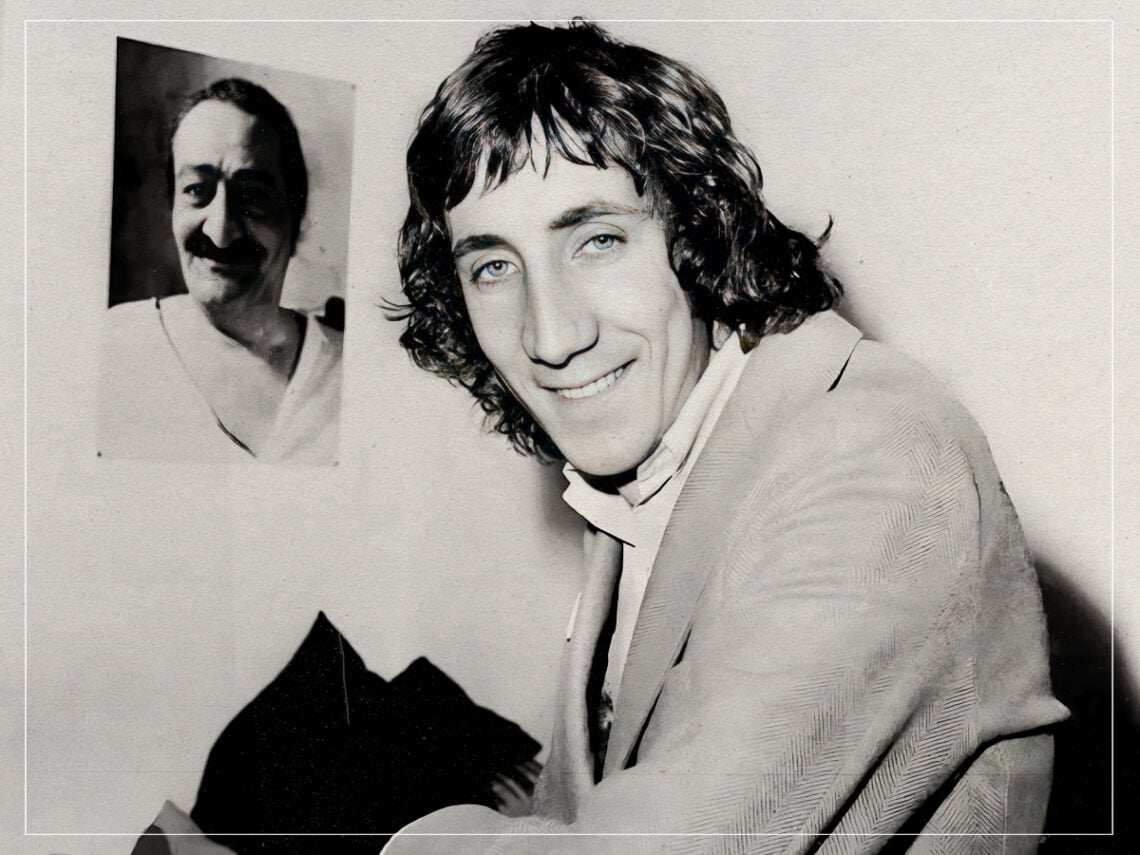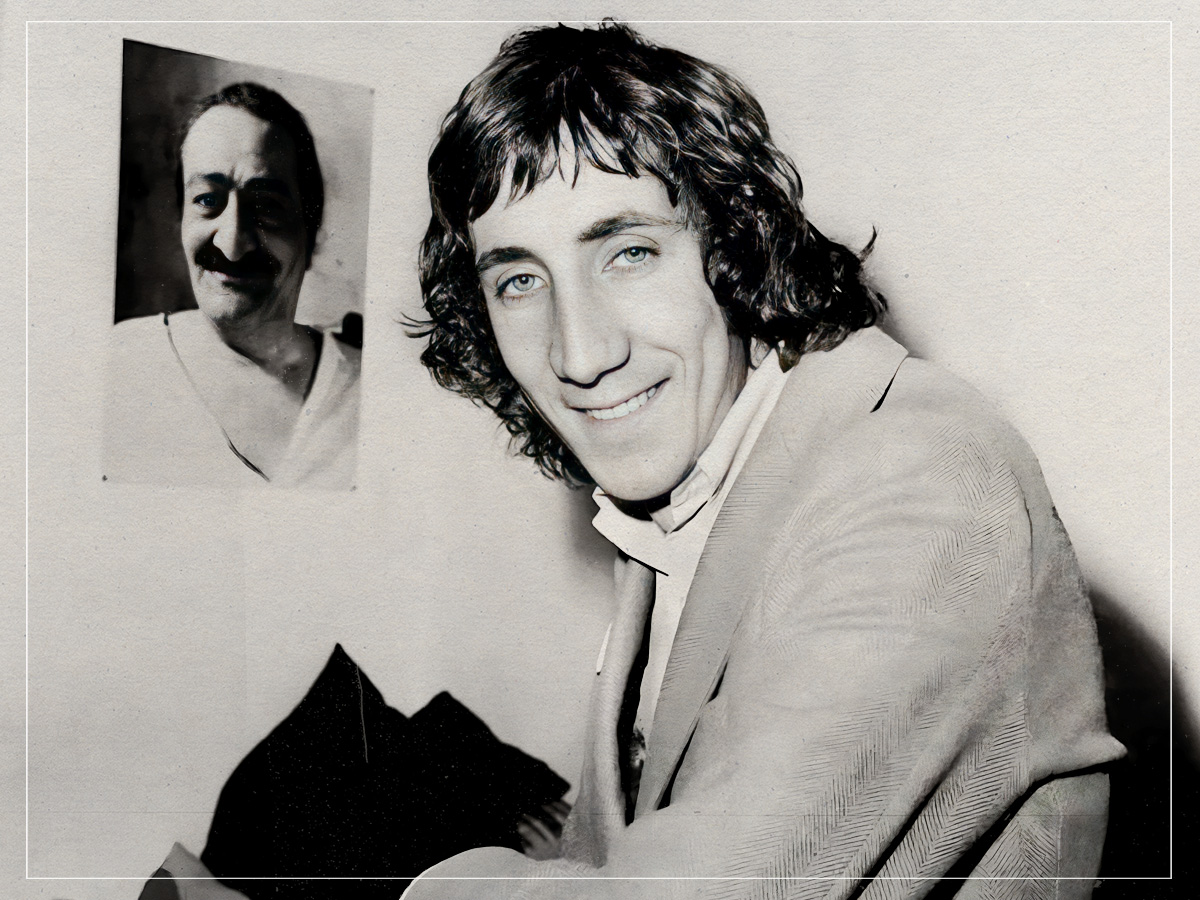
(Credits: Far Out / Alamy)
Wed 28 May 2025 19:00, UK
There is a strange phenomenon known as Post Japan Syndrome that documents the dangers of a utopian precedent. In short, travellers return from a vacation in the land of the rising sun, and find themselves so utterly disappointed by their own realities that they struggle to readjust. Many guitarists have cited a similar strangeness when it comes to the legacy of Jimi Hendrix.
Keith Richards, for one, claims that while Hendrix was a master, he inadvertently ruined the instrument. In the Seattleite’s tragic absence, a slew of stars tried to emulate his awesome playing, focusing on the flashiness rather than the soul. His music was reduced to the most obvious common denominator, and the rock ‘n’ roll’s true innovation wavered as a result.
But that’s not the only accidental issue with Hendrix’s heavenly presence. He was also so superbly well-rounded that guitarists in a similar vein were often overlooked. Pete Townshend certainly figured that was the case when it came to a folk hero who could do it all. “Stephen Stills is one of the great, great geniuses of guitar, of every style of guitar,” he proudly proclaimed.
That’s about as high as praise ever gets. It feels wholly just, too. Stills was a maestro who never let ego get in the way of a great song. Regardless of the style, Stills always let the song itself determine his playing. Although it is often forgotten, this is also perhaps the most overlooked facet of Hendrix—he keenly discerned when to wail, and when to sit back in the groove.
This is why both Hendrix and Stills are not just looked upon as technically gifted, but stars whose art will live on long beyond the expiration of their skills. Sadly, however, Townshend figures that Stills’ star didn’t quite ascend to the height it deserved because of the fact that Hendrix cast such a giant shadow.
“The problem is that he’s never really had much of an idea on how to deal with that,” Townshend told Time in 1995. “Not everybody in the world has recognised that,” he added. “Probably somebody else that suffered from the presence of someone like Jimi Hendrix. Maybe took some of his thunder because he was not just a great guitar player but also a great performer.” Nevertheless, when Hendrix and Stills jammed together, they were equally blown away by each other.
Who was the real leader of Crosby, Stills, Nash and Young?
Another factor is urely tied to the fact that much of Stills’ genius pertains to the fact that he never minded his overlooked status all that much. His playing is inspired by natural feel rather than any desire to prove a point. This was pivotal in the development of another factor that perhaps set him back on the figurative rankings: he was more than happy to make Crosby, Stills, Nash and Young all about the beautiful music rather than all about himself.
Townshend certainly agrees that the group’s output proves he was more than just a genius in terms of guitar. “Their vocal style was groundbreaking, in a way, because of the way it was arranged,” he continues. “Stephen could write charts and I’m not sure that everybody in the band could read charts but he could write them, so he could organise in a traditional way. The harmonic structure of Crosby, Stills and Nash was new and unique, very personal.”
They remain an introspective boon of beauty to this day, and Stills was their guiding light.
Related Topics
Subscribe To The Far Out Newsletter
